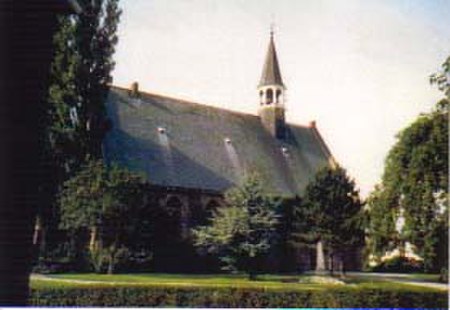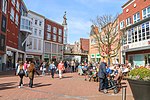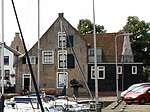Bernisse

Bernisse (Dutch pronunciation: [bɛrˈnɪsə] ) is a former municipality in the western Netherlands, in the province of South Holland. Since 2015 it has been a part of the municipality of Nissewaard. The former municipality had a population of data missing in 2021, and covered an area of 68.46 km2 (26.43 sq mi) of which 11.12 km2 (4.29 sq mi) was water. The former municipality was named after the river Bernisse, which flows right through it from the Spui to the Brielse Meer and separates the estuary islands of Voorne and Putten. The former municipality of Bernisse consisted of the following communities: Abbenbroek, Biert, Geervliet, Heenvliet, Oudenhoorn, Simonshaven, Zuidland. The municipality of Bernisse was formed on January 1, 1980, through the amalgamation of the municipalities Abbenbroek, Oudenhoorn, Zuidland, and parts of the municipalities Geervliet (including Simonshaven) and Heenvliet.
Excerpt from the Wikipedia article Bernisse (License: CC BY-SA 3.0, Authors, Images).Bernisse
Oud Hoenderhoeksedijk, Nissewaard
Geographical coordinates (GPS) Address Nearby Places Show on map
Geographical coordinates (GPS)
| Latitude | Longitude |
|---|---|
| N 51.85 ° | E 4.25 ° |
Address
Oud Hoenderhoeksedijk
Oud Hoenderhoeksedijk
3211 LH Nissewaard
South Holland, Netherlands
Open on Google Maps









